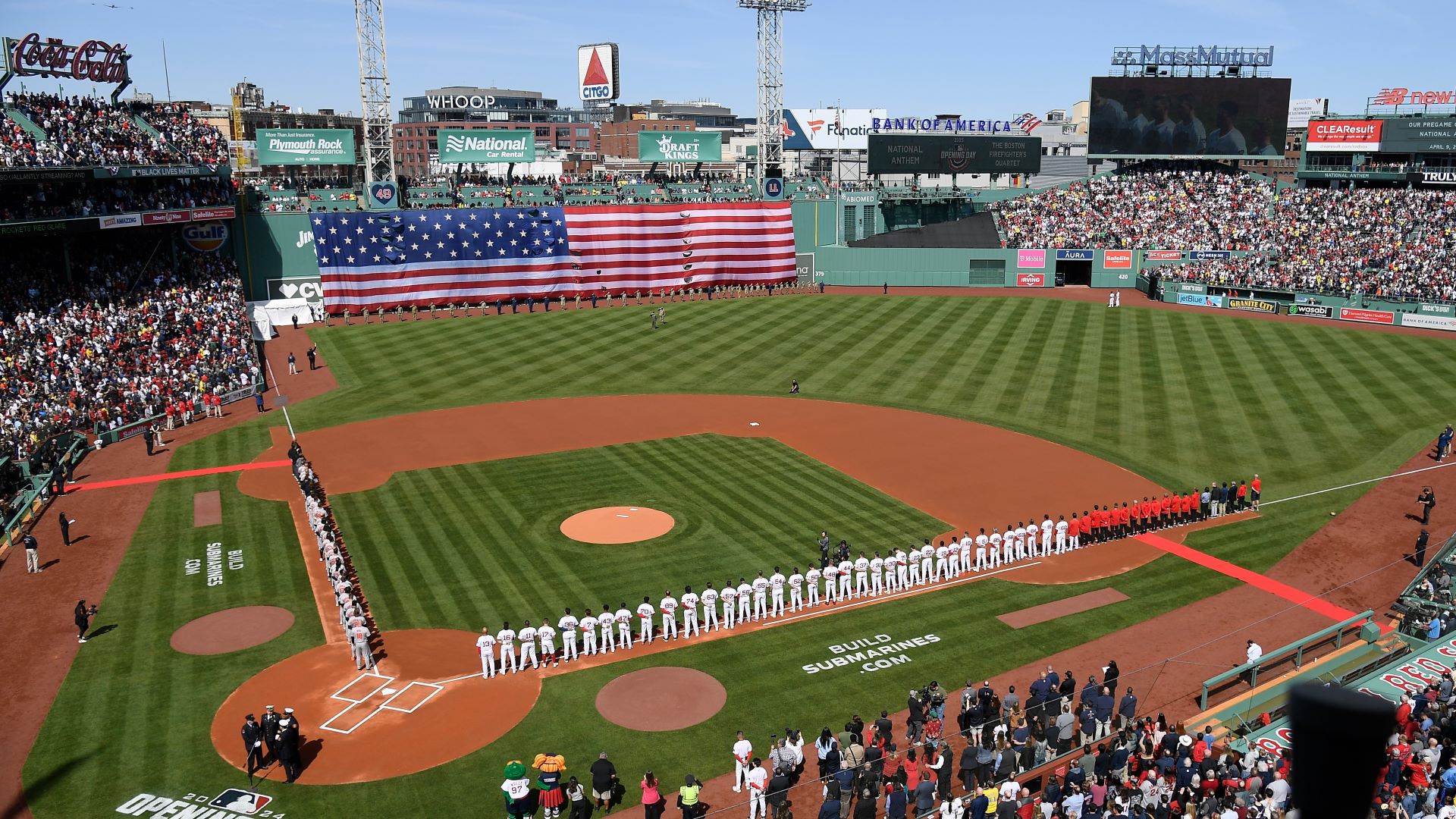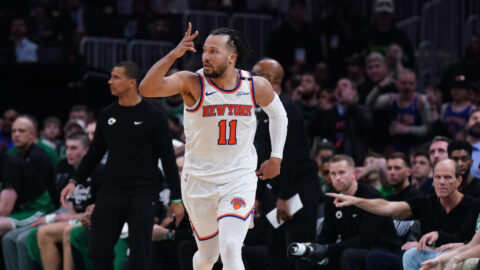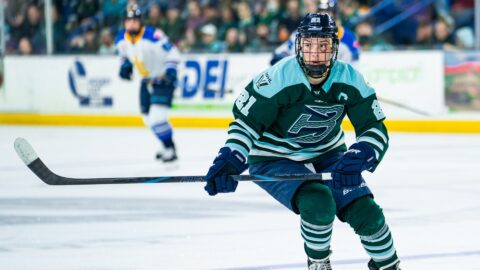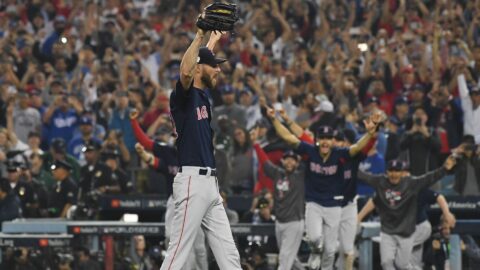News stories regarding the NBA lockout have generally expressed the sentiment that both sides are equally in the wrong in a professional sports labor dispute. The players are greedy, the owners are greedy and the fans are the ones who have the listen to rich people whine about not having enough money, or so the thinking goes.
It's the safe position to take, because most fans feel this way and most reporters, wanting to stay "objective," think it puts them in the journalistic "middle" on the issue.
What it does, though, is fail to educate fans about the real nature of the lockout and ignores the fact that, in this particular lockout, in this particular year, one side is much more wrong than the other.
Contrary to popular opinion, it ain't the players.
Players who were smart will not go hungry while the NBA suspends operations. The average NBA salary is $4.79 million, according to the Global Sports Salaries Report, so there should be no crying for guys who make $92,199 per week.
A worker doesn't have to be poor to be poorly treated in collective bargaining negotiations, though. The narrative of the lockout began with reports that 17 owners lost money in 2009-10 and more than 20 owners could lose money in 2011, so they needed a greater share of the revenue pie to be profitable.
Under the old collective bargaining agreement, the owners — the majority of whom few fans can name — received about 43 percent of league revenues, while the players — the ones who are household names all the way down to the 12th men barely hanging on — received about 57 percent.
The owners want something closer 50-50 and preferrably 55-45 in their favor.
An even split may seem fair, but one noteworthy group did not feel a 50-50 divide was necessary: the owners themselves, the last time we were here. When these rules were set in the last lockout in 1999, the feeling was that the owners got what they wanted. They won. The "soft" salary cap, the villified "mid-level exception" and the maximum contract were ideas the owners said would control costs. The players' share of revenues stayed at 57 percent in the new CBA.
Yet 13 years later, what the owners said would work hasn't worked. And they now expect anyone to believe they have the better plan this time?
Consistency of message often is one of the most important things in public negotiations, whether legal, political or sports-related. It's easier for a disinterested public to understand an issue if it focuses on one aspect that is hammered away at over and over.
A good example is the 18-game season NFL owners pushed at the beginning of their lockout. The players were able to use that easily understood concept to point out the increase in injuries that would come with it and the unfairness of increasing their workloads without increasing their pay.
The NBA owners can't even seem to say what they hope to gain from the lockout. They have argued at times that they want to improve competitive balance among the large market and small market teams. At other times, they've said they need to increase their overall revenues. These ideas are totally at odds.
To generate more money, the owners would be best served to funnel the best talent and put the most marketing muscle behind the Lakers, Knicks, Heat, Bulls and Celtics. Those teams generate enough revenue, according to financial records, to essentially pay for the entire league. Improving competitive balance would mean taking away from those franchises.
Recognizing this, the players called the owners' bluff by proposing an expanded revenue sharing system. The owners responded that CBA talks were not the right time to discuss revenue sharing, which they say is separate from the labor negotiations.
It is, but it isn't. If the idea truly were to improve competitive balance, a revenue sharing system is the most logical approach. By turning it down, the owners confirmed that the lockout isn't about competitive balance, but about squeezing every nickel possible from the players.
The players union has yet to make much headway in the realm of public opinion, in part because the owners keep trotting out statistics they say show they are losing money. There are lots of problems with this claim — as laid out best by the New York Times' Nate Silver — but it's a good sound byte and most fans are guillible enough to believe it.
Still, the players still can turn the tables by making one more big concession: Agree to the 50-50 revenue split.
The message to fans would be clear, that the players are willing to divide everything right down the middle. No hard salary cap or restrictive individual salary limits are necessary; with an added 7 percent of $4 billion (roughly $280 million), surely owners can find a way to make ends meet. If they still can't, well, maybe these savvy businessmen shouldn't be the professional sports business anymore.
The league has gotten virtually everything it wanted in the past 13 years. Dress code? Check. Prohibition of straight-from-high-school players? Check. Adding two games to first-round playoffs series? Check.
Maybe it's time the NBA doesn't get whatever it wants.






